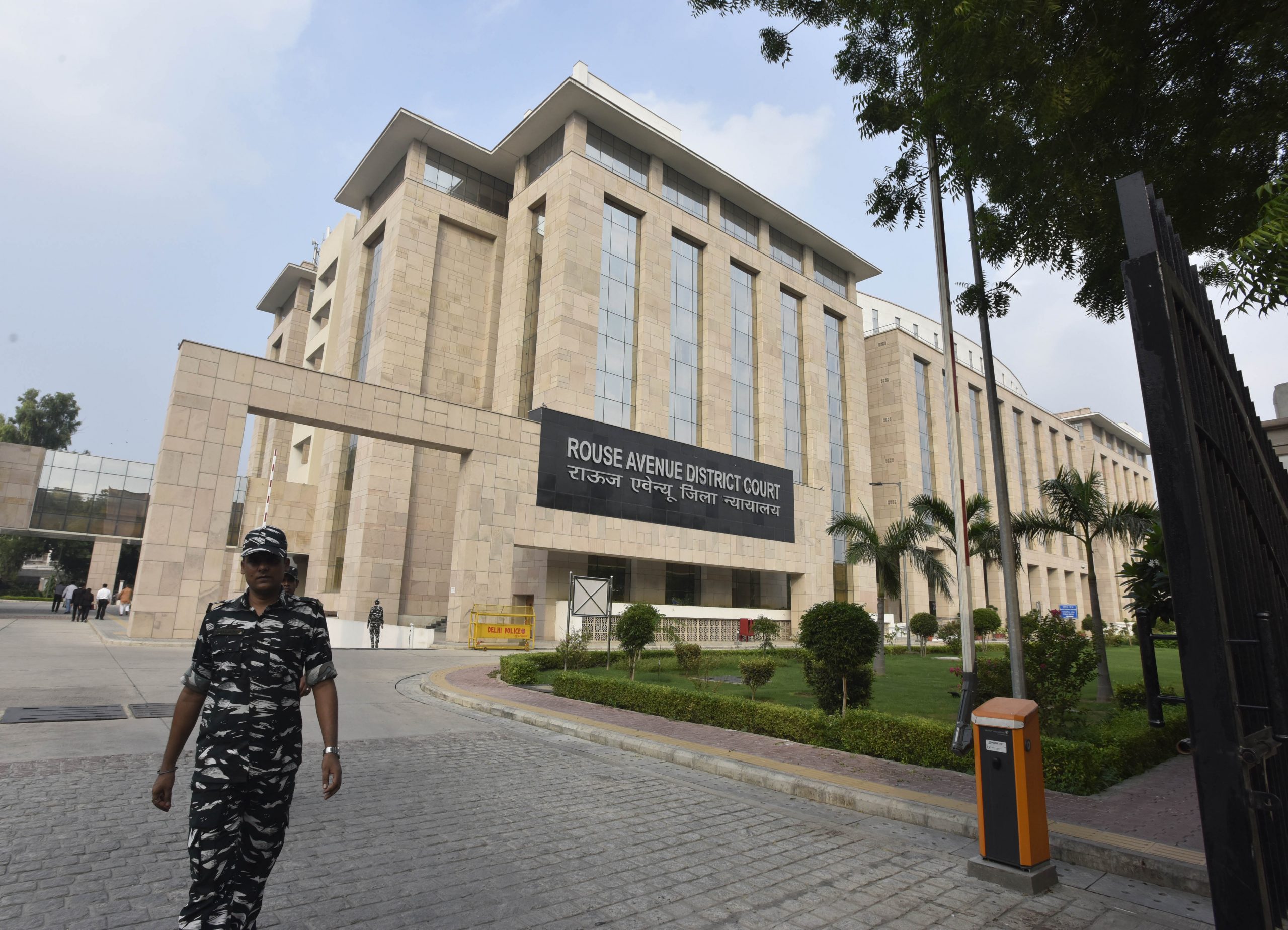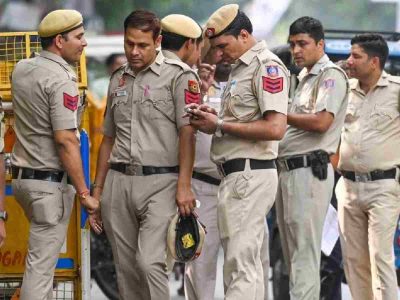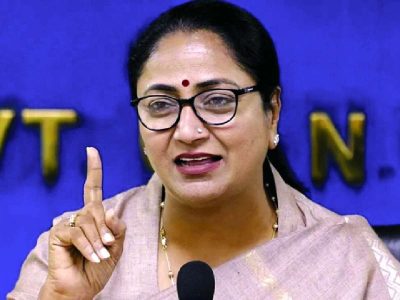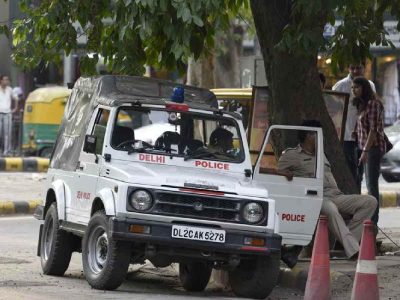Sir Alexander Macdonald Rouse, one of the builders of New Delhi, would be happily turning in his grave thousands of miles away in Surrey in England, since his name is still not forgotten in India’s national capital.
Rouse Avenue, the road named after him, hogged limelight last week when Chief Minister Arvind Kejriwal was produced by the Enforcement Directorate (ED) at the district court here.
In fact, it always stays in news as it hosts several political parties including DMK, national and state headquarters of Bharatiya Janata Party (BJP), Aam Aadmi Party besides the Government of India Press and multi-storeyed apartments.
Many high-profile leaders, escorted by cops, visit the Rouse Avenue District Court Complex. Rouse (September 1878-November 1966) was a Civil Engineer and came to India in the year 1900 and joined the Indian Public Works Department.
He was in the team building Kosi Bridge for the Bengal North-Western Railway. Rouse moved to Delhi in 1913 as a Superintending Engineer two years after the Capital of India was shifted from the then Calcutta to Delhi in 1911.
He was deputy to Sir Hugh Keeling, Chief Engineer. Alas, construction work for the new capital was badly hampered due to outbreak of first World War in 1914. Till 1918, the building work was going on at a very slow pace. Once the war came to an end, things began moving fast.
After working for 12 long years under Keeling, Rouse became the Chief Engineer of Delhi Municipal Committee (DMC) in 1925. Later, DMC became known as NDMC.
According to author and former Director (Information) of NDMC, late Madan Thapliyal, “For the next six years when the work related to roads, sewerage, water, buildings and other were going on at a frantic pace in New Delhi, Sir Rouse was visible everywhere. He was a workaholic. While we all know about architects like Edwin Lutyens and Herbert Baker, our knowledge about unsung heroes like Rouse and Killing is very limited.”
It may be recalled that Tolstoy Marg in Connaught Place area was previously known as Killing Road. Rouse received a knighthood in 1931.
“Sir Rouse was very humane, won lasting loyalty and affection from those who worked for him, and was markedly popular among Indian contractors,” said Thapliyal.

When Lord Irwin, the Viceroy of India, inaugurated New Delhi on February 15, 1931 in a grand function, Edwin Lutyens, the Chief Town Planner of New Delhi, also spoke.
He was all praise for Chief Engineer Rouse for ensuring that the various construction work of the new capital took place nicely and on time.
Once the work on the new capital came to an end, Rouse left Delhi for his country. In recognition of his services, a road was named after him in early 1940s as Rouse Avenue.
However, Rouse Avenue was renamed as Deen Dayal Upadhyaya Marg in early 1970s. That was the time when a life-size statue of Jan Sangh leader, Pandit Deen Dayal Upadhyaya was placed in a park on the same road.
Incidentally, BJP headquarters came up right in front of the park after several decades. The BJP office now proudly announces 6, Pandit Deen Dayal Upadhyaya Marg as its address and the park is known as Deen Dayal Upadhyaya Park.
“This is really surprising that even after Rouse Avenue got another name, the old name still survives and is still visible on many buildings,” says Rajesh Sharma, a social worker in the area, who has been living near Rouse Avenue for the last 60 years.
There were big bungalows on both sides of the road in Rouse Avenue right up till Sarvodaya Bal Vidyalaya (earlier MC School). They were allotted to senior government officials.
Recalls Amitabh Pande, an IAS officer of Punjab cadre, “I spent my childhood in a bungalow where Gandhi Peace Foundation came up in early 1960s. It was allotted to my father. Later, I was allotted a bungalow on the same Rouse Avenue when I was posted in Delhi in 1990s. I had a huge manicured garden in my house. Rouse Avenue is a beautiful place. Very peaceful and in the heart of the city.”
Rouse Avenue was once the bastion of people of Garhwal region too.
“Right from the present BJP head office till the end when Rouse Avenue merges with Thomson Road (now Bhavbhooti Marg), there were more than 250 single-storeyed houses for Central Government employees. I remember almost all the residents were from various areas of Garhwal. There was great bonhomie among them as they all hailed from one region,” recalls Sukhpal Singh Bisht, the former skipper of powerful BSF football team and coach of Garhwal Heroes.
“I remember when my father was allotted a house in Rouse Avenue in 1958. I have vivid memories when Rouse Avenue was renamed as Deen Dayal Upadhyaya Marg in early 1970s. Surprisingly, the vagaries of time could not erase the first name of this road,” says Sukhpal Singh Bisht, who led BSF to title wins in Durand Cup and Rovers Cup.
Noted Pakistan cricket writer and commentator Omar Kureishi had also spent his formative years at 188, Rouse Avenue before 1947 as a bungalow was allotted to his father.
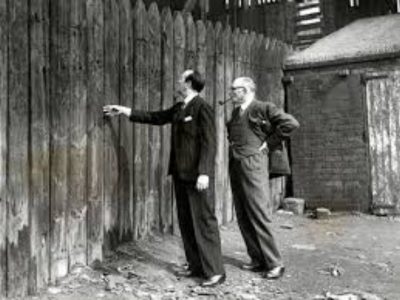
Kureishi was known across the world for his cricket reporting and analysis of the game. He was also considered as father of English cricket commentary in Pakistan and was a godfather of many cricketers, including wicketkeeper Wasim Bari. Kureishi’s son, Javad, had captained the Pakistan under-19 team.
“Name apart, Rouse Avenue changed completely after Jag Mohan became the Urban Development Minister in the Atal Behari Vajpayee government in 1998. As an old hand of Delhi, he was determined to give new look to Rouse Avenue. During his term as Urban Development Minister, old Raj days bungalows and houses were razed to the ground. Later, the entire area turned into an institutional area. Plots were allotted to social, political and cultural organisations,” says former Mayor of Delhi, Farhad Suri, who also lived here in a bungalow allotted to his mother, Tajdar Babar, a veteran Congress leader.

